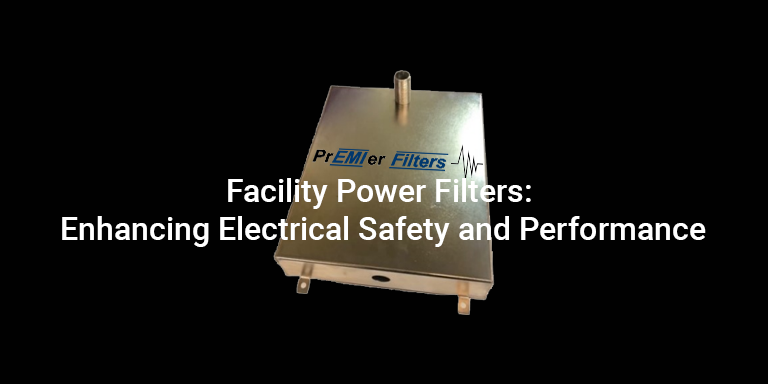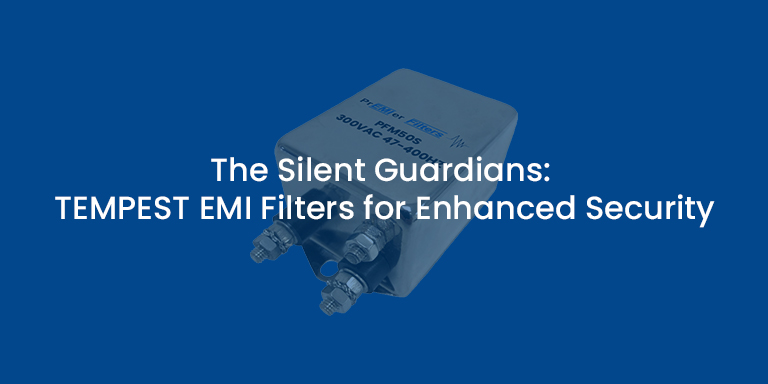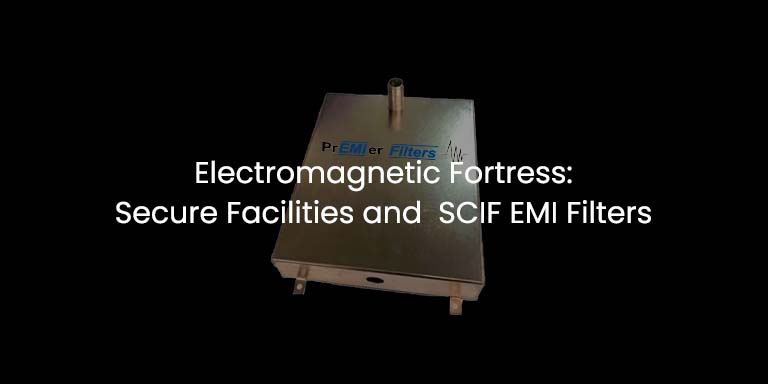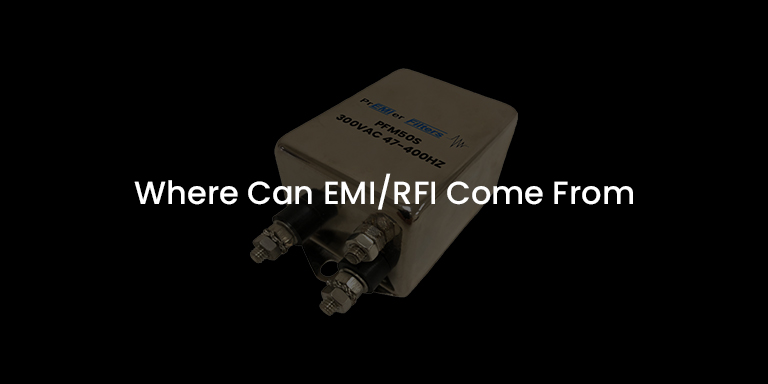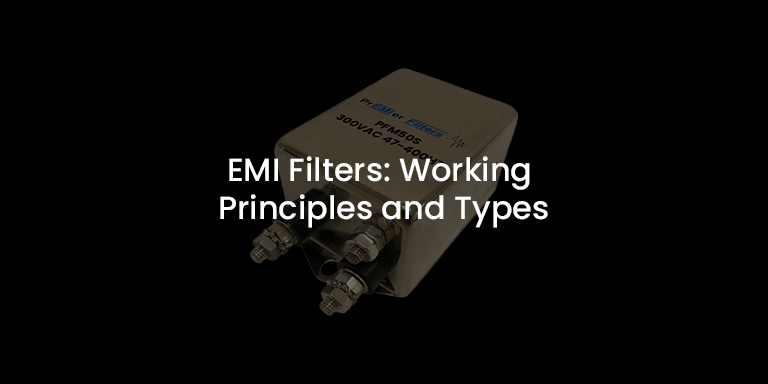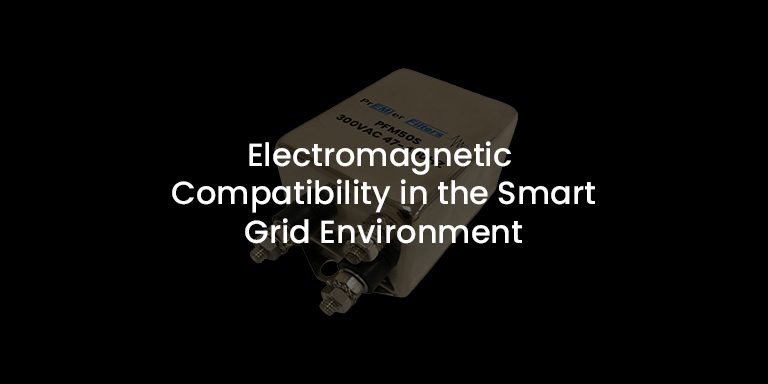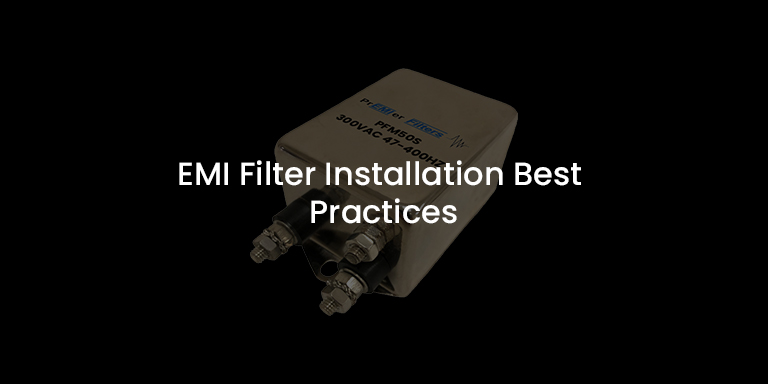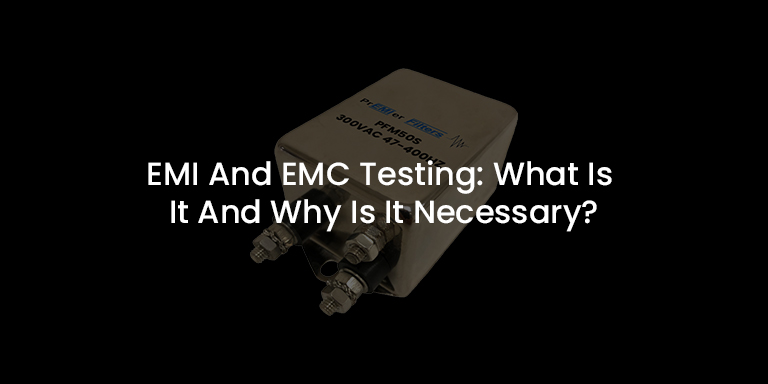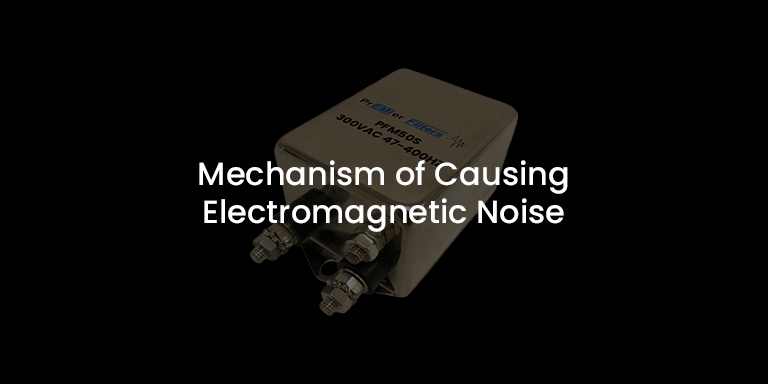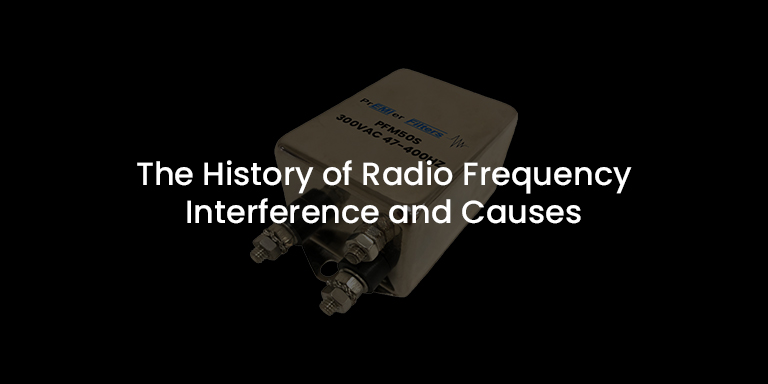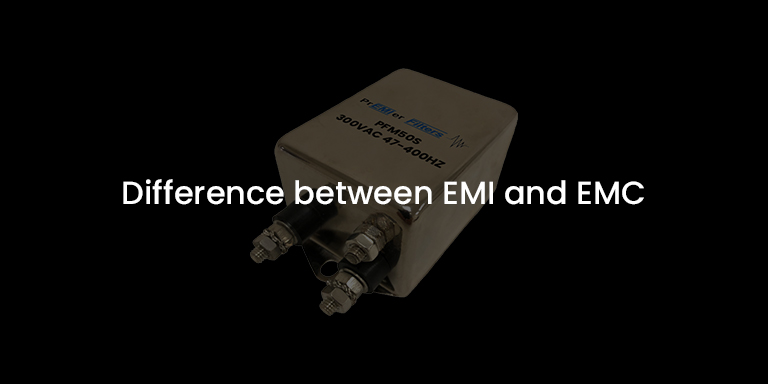PCB Design Guidelines for EMI/EMC
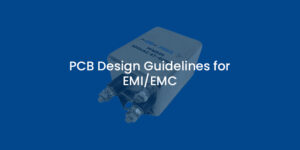

In this blog post, we present some general PCB (Printed Circuit Board) design rules. Although, PCB design can have the greatest impact on radiated noise, it also helps to control coupling of noise to the power cord and reduces common-mode coupling of noise to the ground or chassis. The following lists some basic considerations in PCB EMI/EMC design.
PCB Trace Considerations
- Keep signals (audio, video, clocks, etc.) separate from power and other traces. This helps to minimize crosstalk and coupling between adjacent traces on the same PCB layer.
- Bend traces at 45⁰. 90⁰ bends increases impedance due to the sharp corners and can increase radiation.
- Route high-speed signals via differential pairs.
- Utilize decoupling capacitors on all power traces and planes.
Ground Planes
- Utilize separate ground planes/layers for all power and signal returns. Separate layers increase the overall surface area reducing HF impedance effects, as well as reducing circuit loop areas.
- Avoid long return paths and large loop areas.
- Physically isolate noisy circuits from sensitive ones.
- Keep high-speed circuits near the ground plane while low-speed circuits near the power plane.
- Separate or segregate multiple power supplies by a ground plane.
- Be careful with split apertures that are long holes and wide vias in the power plane and the ground plane. Split apertures create a non-uniform area due to which the impedance increases in the power plane and the ground plane.
Shielding
- EMI/EMC shields can protect signal circuits from external noise. These can be small metal housings connected to ground planes for shielding entire circuits or individual noise emitters, such as clocks.
- Shield signal cables to prevent noise coupling and signal degradation.
PCB Layers
- Utilize multi-layer boards with separate ground and power planes.
- If separate power planes are not used, then route ground traces in parallel with power traces.
- For four or more layers, alternate signal and ground layers. Make sure the number of layers is even.
Decoupling Capacitor
- Integrated circuits (ICs) switch current at high-frequency due to which switching noise occurs in the power traces or power rails (connected to the IC). If this noise is not controlled, it will result in radiated emissions, and hence, EMI will occur. Therefore, to reduce the power rail noise, place the decoupling capacitors near the IC power pins, ground the capacitors directly to the ground planes, or replace power traces with power planes.
Control Impedance for Transmission Line Design
- Circuits operating at high-speed require impedance matching between the source and destination circuit. If not controlled properly signal reflection and high-frequency ringing can occur resulting in excess RF energy which can radiate or couple to other circuits.
Conclusion
The PCB design of an equipment affects the EMC performance and the amount of EMI generated. With good PCB design practices the overall noise required for filtering can be minimized.
At Premier Filters, we bring over 35 years of design experience and knowledge to make sure the right filter is designed. With a full range of AC and DC power line filters and unlimited custom capability, Premier delivers the right filter on time and on budget. To know more about our EMI filter solutions, email us at info@premieremc.com.

